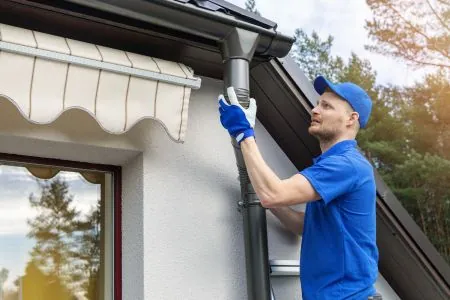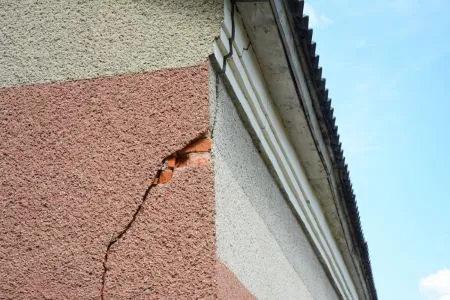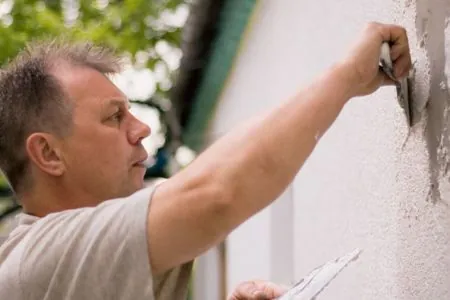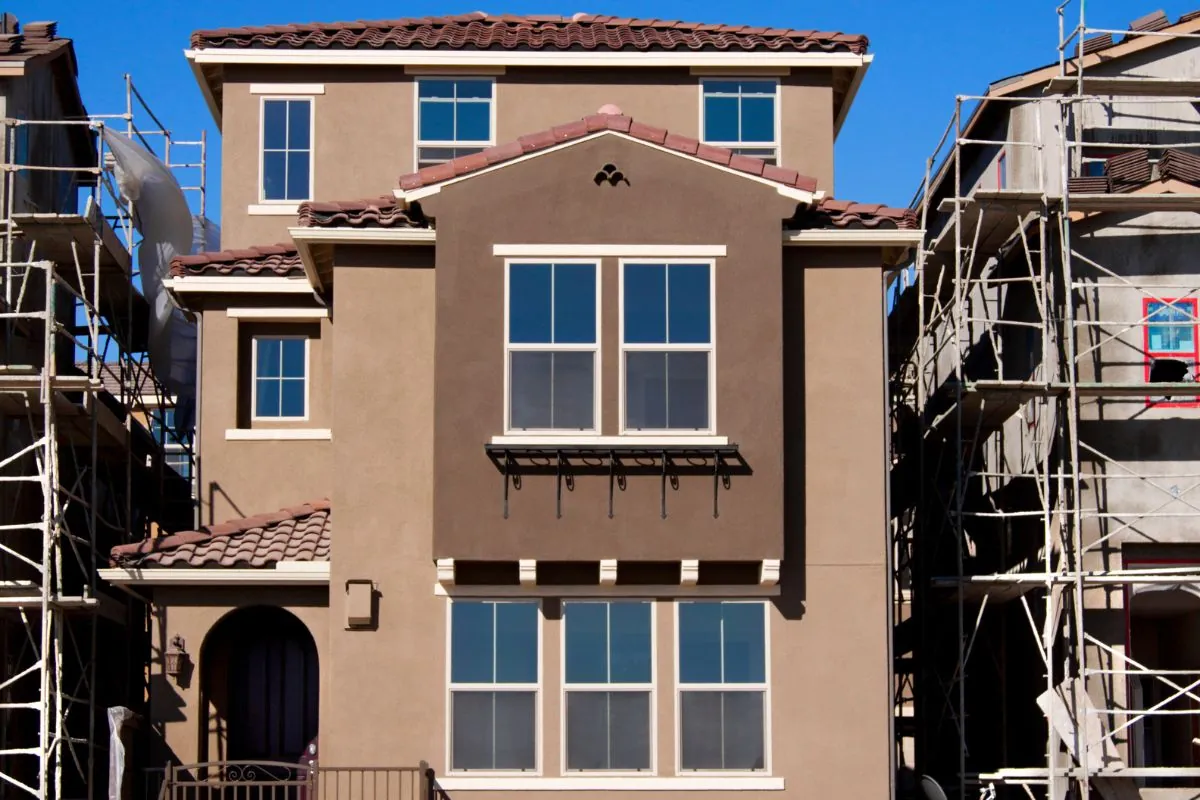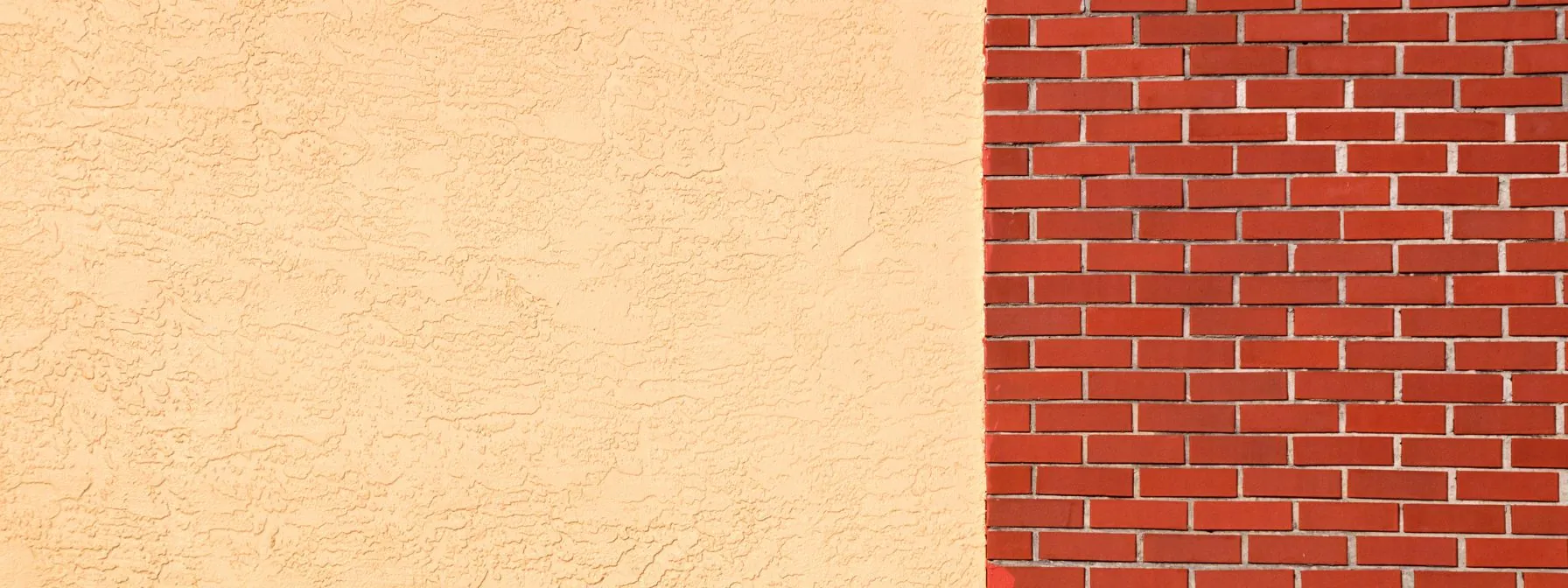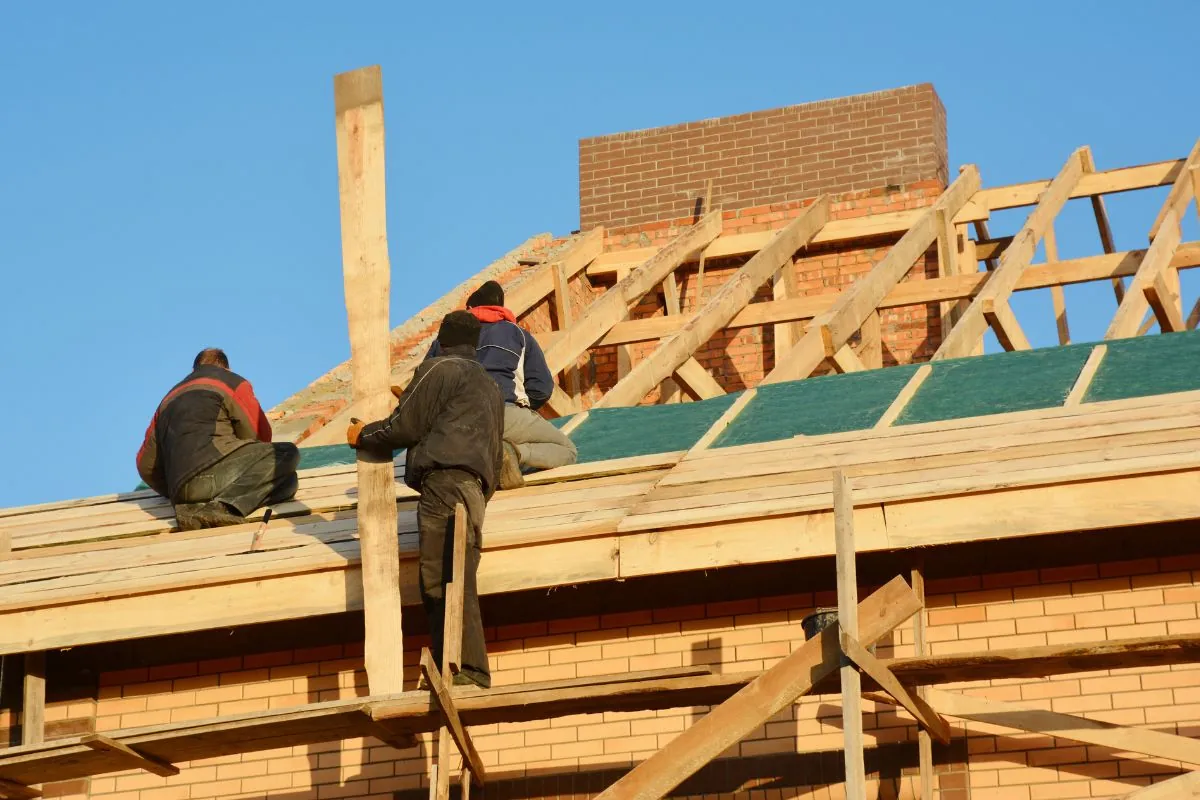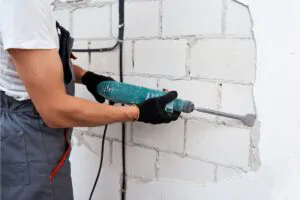
Stucco, a durable and versatile material, has adorned homes for centuries, lending an elegant finish and robust protection against the elements. However, like any building material, stucco requires regular maintenance and inspection to ensure its longevity. In this comprehensive guide, we’ll delve into the significance of stucco inspections, what they entail, the signs indicating potential issues, associated costs, finding inspectors, the necessity of inspections for homes, stucco testing methods, repair options, and tips for maintaining your stucco investment.
Understanding Stucco and Why Inspections Are Important
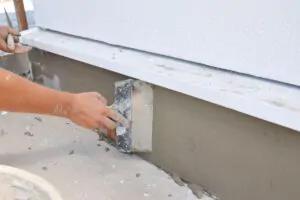
Stucco, a mixture of cement, sand, lime, and water, is applied as a plaster coating to both interior and exterior surfaces of buildings. Its popularity stems from its durability, fire resistance, and aesthetic appeal. However, despite its robustness, stucco is susceptible to wear and tear, especially when exposed to moisture over time.
Regular stucco inspections are crucial as they help identify any underlying issues before they escalate, potentially causing significant damage to your home’s structure. Moisture intrusion, cracks, and improper installation are common concerns that inspections can detect early, saving homeowners from costly repairs down the line.
What Does a Stucco Inspection Entail?
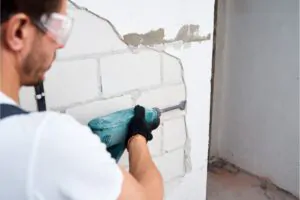
A thorough stucco inspection is a meticulous examination of the exterior. Certified inspectors thoroughly look for visible damage like cracks, stains, or mold. Employing tools like moisture meters and infrared cameras, they uncover hidden moisture, a precursor to stucco issues. Inspectors also assess drainage systems, ensuring the integrity of flashing and caulking to prevent water penetration. This comprehensive process aims to identify any underlying concerns, allowing proactive measures to maintain the stucco’s integrity and safeguard against potential structural damage.
Recognizing Signs That May Indicate Stucco Issues
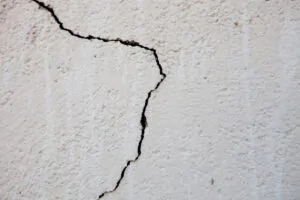
Notable signs of potential issues include visible stucco cracks, particularly around windows and doors, along with noticeable discoloration or staining on the surface. The presence of mold growth, whether visible or with a musty odor, warrants concern.
Furthermore, a hollow sound when tapping the stucco suggests potential detachment from the underlying structure. These indications may signify structural weaknesses or water infiltration, demanding prompt action. Homeowners must stay alert to these cues, initiating immediate inspection and necessary repairs to avert further deterioration and safeguard their property’s integrity against escalating damage.
How Much Does a Stucco Inspection Cost?
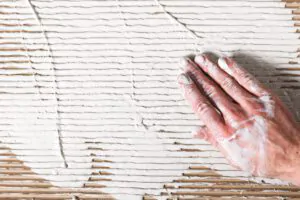
Stucco inspection costs fluctuate due to factors like home size, location, and inspector expertise. Typically ranging between $300 and $600, these inspections are a proactive investment. Despite initial expenses, regular inspections prevent future hefty repair costs. Considering variables like property size and local climate, the cost-effectiveness of periodic inspections becomes evident. This proactive approach not only ensures early issue detection but also preserves the stucco’s integrity, potentially saving homeowners from significant repair expenses down the line.
Finding Stucco Inspectors Near You
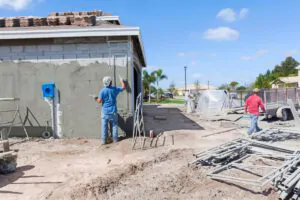
When searching for stucco inspectors near me, consider hiring certified professionals with experience in stucco inspection. Online directories, referrals from local contractors, or recommendations from friends and family can be excellent resources for finding reputable inspectors in your area.
Is a Stucco Inspection Necessary for Every Home?
So, is stucco inspection necessary? Stucco inspections aren’t obligatory for every home, yet they are strongly advised, particularly for houses with stucco exteriors. Properties in high humidity or rainfall-prone areas face increased susceptibility to stucco-related problems, amplifying the significance of routine inspections. Although not universally mandated, regular evaluations are instrumental in detecting potential issues early, especially in climates prone to moisture, ensuring timely intervention and safeguarding homes from potentially costly damages.
Stucco Testing: Understanding Different Methods
Stucco testing methods involve various techniques to assess the condition of the stucco. Each of the following methods serves to identify moisture intrusion or structural weaknesses that could compromise the stucco’s integrity.
· Moisture Probing
This method involves inserting specialized probes into the stucco to measure the moisture content. It helps identify areas where moisture might be trapped, indicating potential water intrusion and areas of concern.
· Infrared Thermography
Using thermal imaging cameras, this technique detects temperature variations on the stucco surface. It helps reveal areas with differing temperatures, often indicating moisture trapped beneath the surface.
· Drilling for Sample Extraction
Inspectors may drill small holes in the stucco to extract samples for laboratory analysis. These samples undergo testing to assess moisture levels, composition, and structural integrity, providing detailed insights into potential issues.
Repairing Stucco Damage: Options and Costs
Patching small areas incurs lower costs, typically a few hundred dollars. Extensive damage, requiring complete replacement, can escalate expenses to several thousand dollars. For patch repairs, addressing small damaged areas, such as minor cracks or blemishes, incurs lower costs, typically ranging from a few hundred dollars. Patching involves repairing specific sections without replacing the entire stucco surface.
· Complete Replacement
Extensive damage that necessitates replacing the entire stucco facade can escalate expenses to several thousand dollars. This comprehensive approach is essential for severe structural issues or widespread damage.
· Caulking and Sealants
Repair choices may include caulking cracks or applying sealants to prevent further water intrusion. These measures are cost-effective for minor damages and help fortify the stucco against moisture.
· Re-Stuccoing Affected Sections
When damage affects specific areas, re-stuccoing those sections might be an option. This targeted repair can address localized issues, albeit at a moderate cost, depending on the affected area’s size.
· Cost Factors
The repair costs depend on the extent of damage, labor, materials required, and the chosen repair method. Assessing these factors is crucial in determining the most suitable and cost-effective repair solution.
Homeowners must evaluate repair options based on the damage severity and consider both immediate needs and long-term stucco preservation. Prioritizing timely intervention and selecting the most appropriate repair method ensures an efficient and cost-effective resolution while safeguarding the stucco’s longevity and structural integrity.
Maintaining Your Stucco Investment: Tips for Prevention
1. Gently wash the stucco surface to prevent dirt buildup, maintaining its appearance and integrity.
2. Promptly address any cracks or discoloration to prevent further damage or water penetration.
3. Ensure efficient drainage around your home by keeping gutters clear and directing water away from the stucco surface to prevent water accumulation and potential damage.
4. Apply a fresh coat of sealant every few years (approximately every five years) to enhance stucco durability and protect it from moisture infiltration and weathering.
5. Scheduled Inspections: Conduct regular inspections by certified professionals to detect potential issues early, allowing for timely intervention and preventing extensive damage and costly repairs.
Implementing these measures as part of routine maintenance can significantly contribute to preserving the stucco’s quality and lifespan, ensuring its longevity and aesthetic appeal.
In Summary
Stucco inspections are paramount in maintaining your home’s structural integrity. Regular assessments act as a crucial shield, preventing costly repairs by identifying issues early. Understanding their significance, recognizing warning signs like cracks or discoloration, hiring certified inspectors, and implementing routine maintenance fortify your stucco against damage. While inspection costs may appear an expense, they’re a strategic investment thwarting future expenditures.
Prioritizing home maintenance sustains the stucco’s durability, ensuring long-lasting protection. Viewing inspections as proactive measures secures your property’s longevity. Investing in timely inspections not only preserves the stucco but also safeguards your home against potential deterioration.
This proactive approach solidifies your home’s foundation, extending its life span while minimizing future repair costs. Ultimately, treating inspections as a safeguard strategy maintains the stucco’s resilience, ensuring it remains an aesthetic and protective element of your home for years to come.
